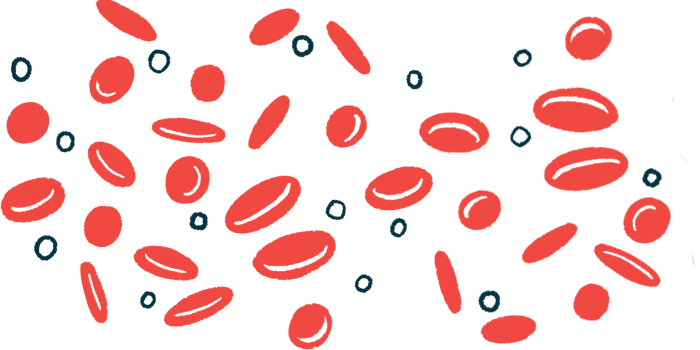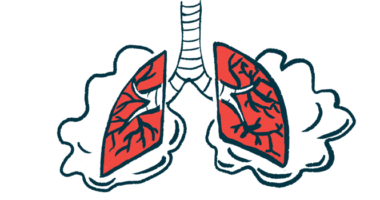Report: CAD, pernicious anemia, B12 deficiency a rare case of 3 conditions
Researchers call man's triple condition a 'deadly coincidence'

A man with cold agglutinin disease (CAD) was found to have another autoimmune condition called pernicious anemia and vitamin B12 deficiency, according to researchers in the U.S. who called the case a rare instance of “three ongoing medical conditions simultaneously.”
The case study, “A Case Report of Cold Agglutinin Disease, Severe B12 Deficiency, and Pernicious Anemia: A Deadly Coincidence,” was published in Cureus.
CAD is an autoimmune disease that features the abnormal production of cold agglutinins, self-reactive antibodies that bind to red blood cells and cause them to clump together at low temperatures, resulting in a cascade of immune responses that mark the red blood cells for destruction (hemolysis).
If new red blood cells can’t be produced at a rate to compensate for their loss, there won’t be enough red blood cells in circulation (anemia).
To produce new red blood cells, vitamin B12, which is found naturally in animal foods, is needed. For vitamin B12 to be taken up by the intestines, it needs to bind to intrinsic factor, a protein released by cells in the stomach.
Pernicious anemia is an autoimmune condition wherein the immune system produces self-reactive antibodies that attack the intrinsic factor or the stomach cells that produce it. Without enough intrinsic factor, vitamin B12 can’t be taken up by the intestines and a deficiency can occur.
Vitamin B12 deficiency also can happen when the body doesn’t get enough vitamin B12 from the diet or when the intestines can’t absorb it properly for reasons other than pernicious anemia.
Researchers at St. Barnabas Hospital Health System, New York described the case of a 44-year-old man seen at the hospital emergency department due to fatigue and yellow skin discoloration (jaundice). He had a history of drinking too much alcohol.
A diagnosis of CAD
The man told the doctors he’d been having off and on abdominal pain, loss of appetite, and diarrhea for about five months, during which time he’d lost 20 pounds. His symptoms had gotten worse the week before he was seen and he had fatigue, nausea, vomiting, dark urine, and jaundice. His diet was mainly liquids, especially sodas, during this time.
A physical examination revealed an unhealthy pale appearance and mild jaundice, but no signs of liver and spleen enlargement or abdominal masses.
A blood test revealed a lower than normal number of all blood cells (pancytopenia) with severe anemia, high counts of developing red blood cells, and higher than normal levels of hemolysis markers.
“Profound pancytopenia was considered multifactorial, with nutritional [causes] very likely in the setting of alcohol abuse and poor nutrition,” the researchers wrote.
A closer look at a blood sample showed low red blood cell numbers and red blood cell clumps, with these cells of varying sizes and shapes. A Coombs test was positive for high cold agglutinin levels, strongly suggesting CAD.
His blood also tested positive for antibodies against parvovirus, “one of the most common triggers of CAD,” the researchers wrote. The doctors suspected a diagnosis of CAD and treated the man with warm blood transfusions and high doses of immunosuppressive steroids.
The man also had severe vitamin B12 deficiency and was positive for antibodies against intrinsic factor. He was diagnosed with “severe vitamin B12 deficiency secondary to malnutrition and pernicious anemia,” based on these factors, the researchers wrote.
The man was given daily into-the-muscle injections of cyanocobalamin, a lab-made version of vitamin B12, for a week.
“The patient showed progressive improvement and appropriate response to transfusions,” the researchers wrote, adding that he “was discharged on oral steroids with almost complete resolution of symptoms.” After three months, his symptoms resolved, as well as his pancytopenia.
“It is of utmost importance to associate [hemolysis-associated anemia] with vitamin B12 deficiency and to be aware that the most severe presentations of the deficiency can mimic several blood disorders,” the researchers wrote. “When keeping this in mind, the clinician can ensure early diagnosis, which will prompt early diagnosis, appropriate treatment, faster recovery, and avoidance of unnecessary and sometimes hurtful tests.”






